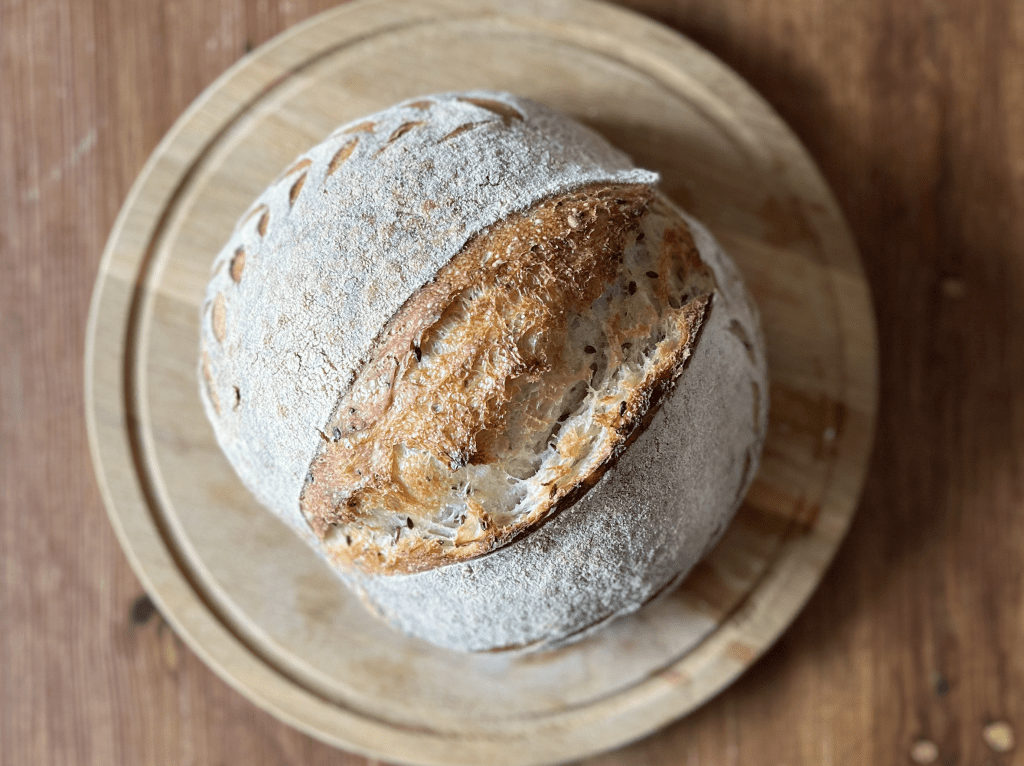Baking bread is often considered a science, with precise measurements and specific techniques required to achieve the perfect loaf. But what happens when you throw in a variable like altitude? The impact of altitude on sourdough bread preparation and the baking process can’t be ignored.
At high altitudes, the lower air pressure can cause gases in the dough to expand more rapidly, leading to a quicker rise. This can be both a blessing and a curse for bakers. While a faster rise time can be helpful in getting bread to the oven sooner, it can also make it difficult to achieve the perfect texture and flavor.
The lower atmospheric pressure also affects the boiling point of water. At high altitudes, water boils at a lower temperature than at sea level, making it difficult to achieve the desired temperature when boiling water for certain recipes. This can be especially problematic when preparing sourdough bread, as the temperature of the water used to feed the starter can affect the fermentation process.
In addition to changes in air pressure, temperature is another factor affected by altitude. Higher altitudes typically have cooler temperatures, which can slow down the fermentation process of the sourdough. This can cause the bread to take longer to rise and may require adjustments to the recipe or baking time.
But it’s not just air pressure and temperature that are impacted by altitude – humidity plays a role too. At higher altitudes, the air is drier, which can cause the dough to dry out more quickly. This can lead to a crust that is too hard or a bread that is too dry.
So, what can bakers at high altitudes do to achieve the perfect loaf of sourdough bread? It all comes down to making adjustments to the recipe and technique. Bakers may need to use less yeast and a longer fermentation time to allow the dough to rise more slowly. They may also need to adjust the oven temperature and baking time to ensure that the bread bakes evenly and has the desired texture.
Resources like the Colorado State University Extension guide for high-altitude baking can be invaluable for bakers looking to make these adjustments. And, as technology continues to advance, appliances like the Breville Combi Wave 3-in-1 with a feature specifically designed for high altitude baking can make the process even easier.
In the end, while altitude may present challenges for sourdough bread bakers, it’s not an insurmountable obstacle. With the right techniques and adjustments, bakers can achieve the perfect loaf no matter how high above sea level they are.





















